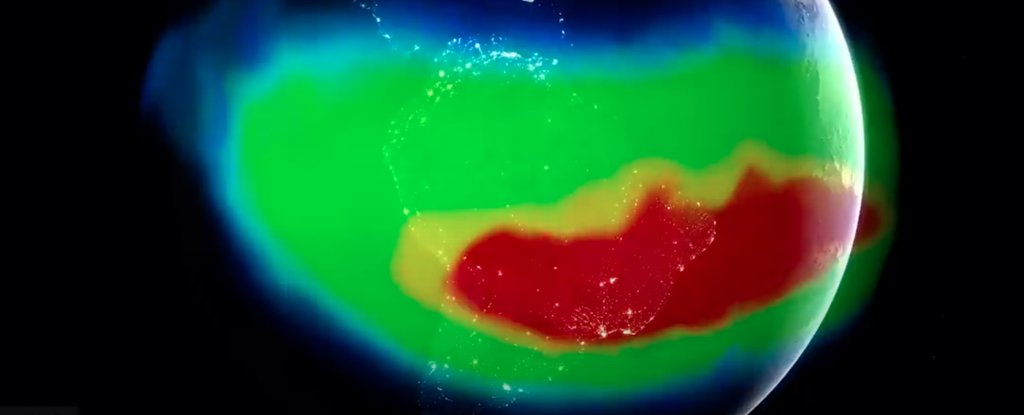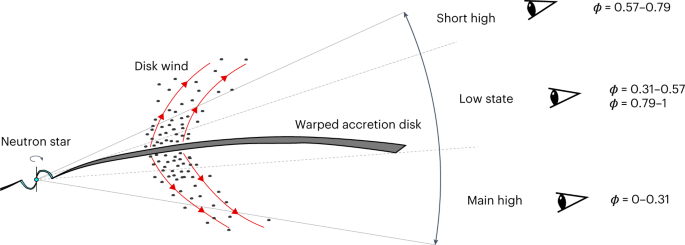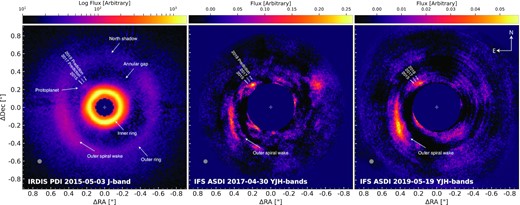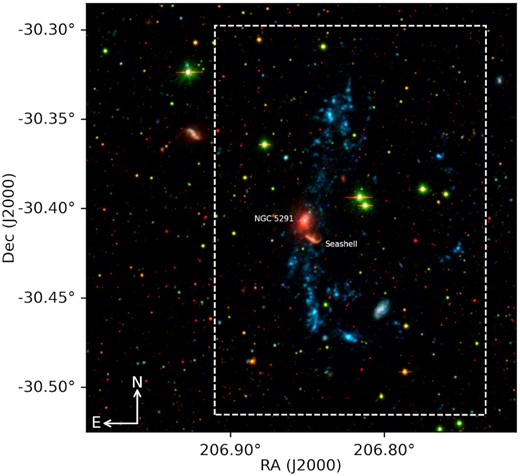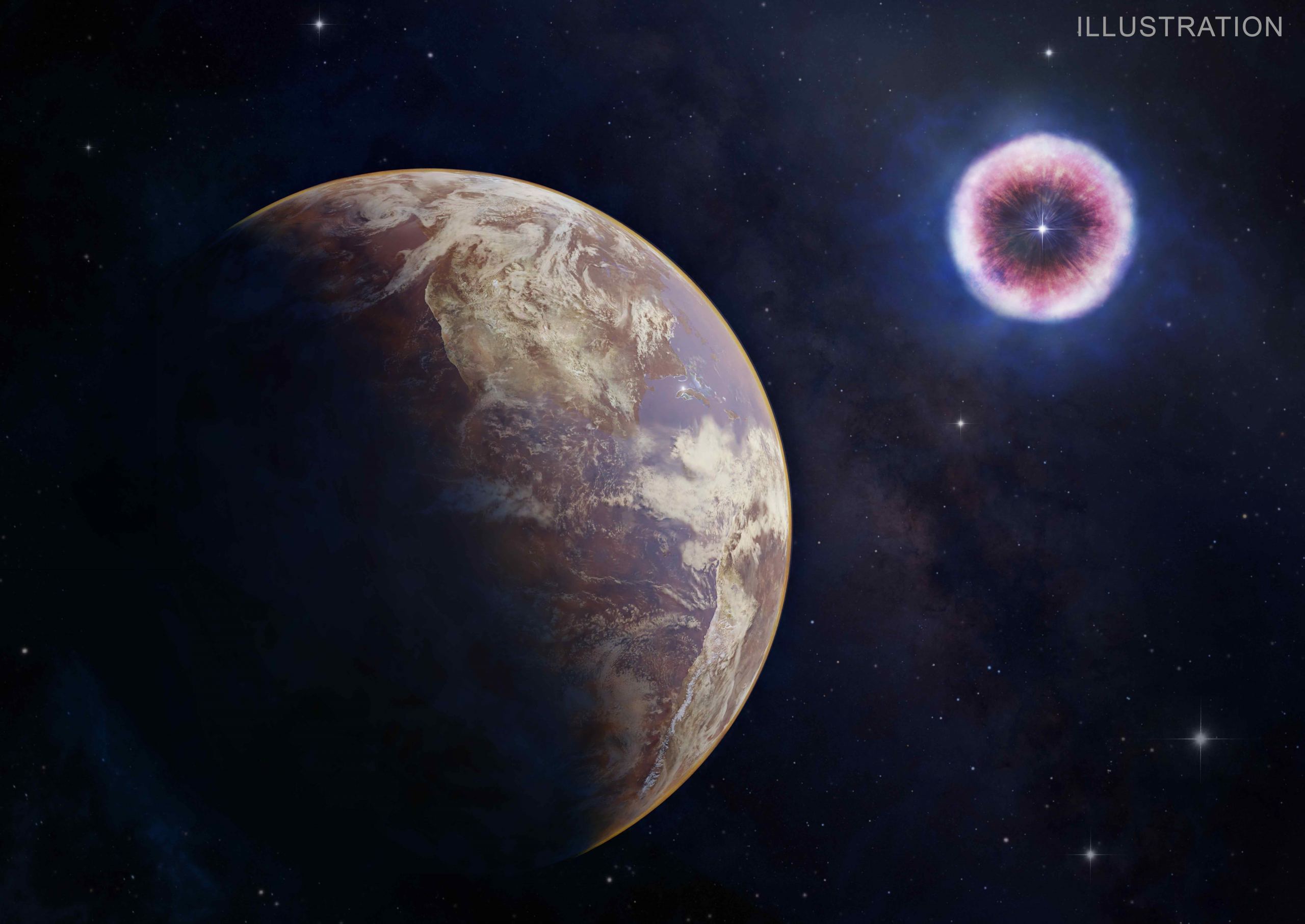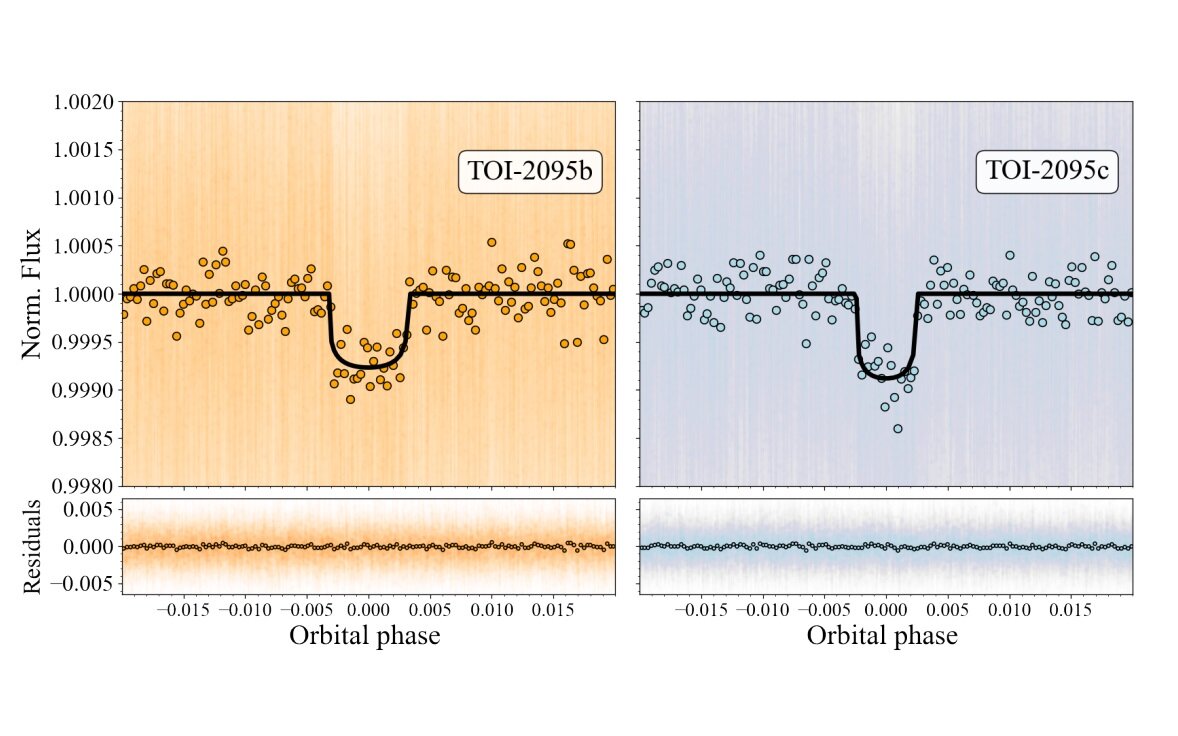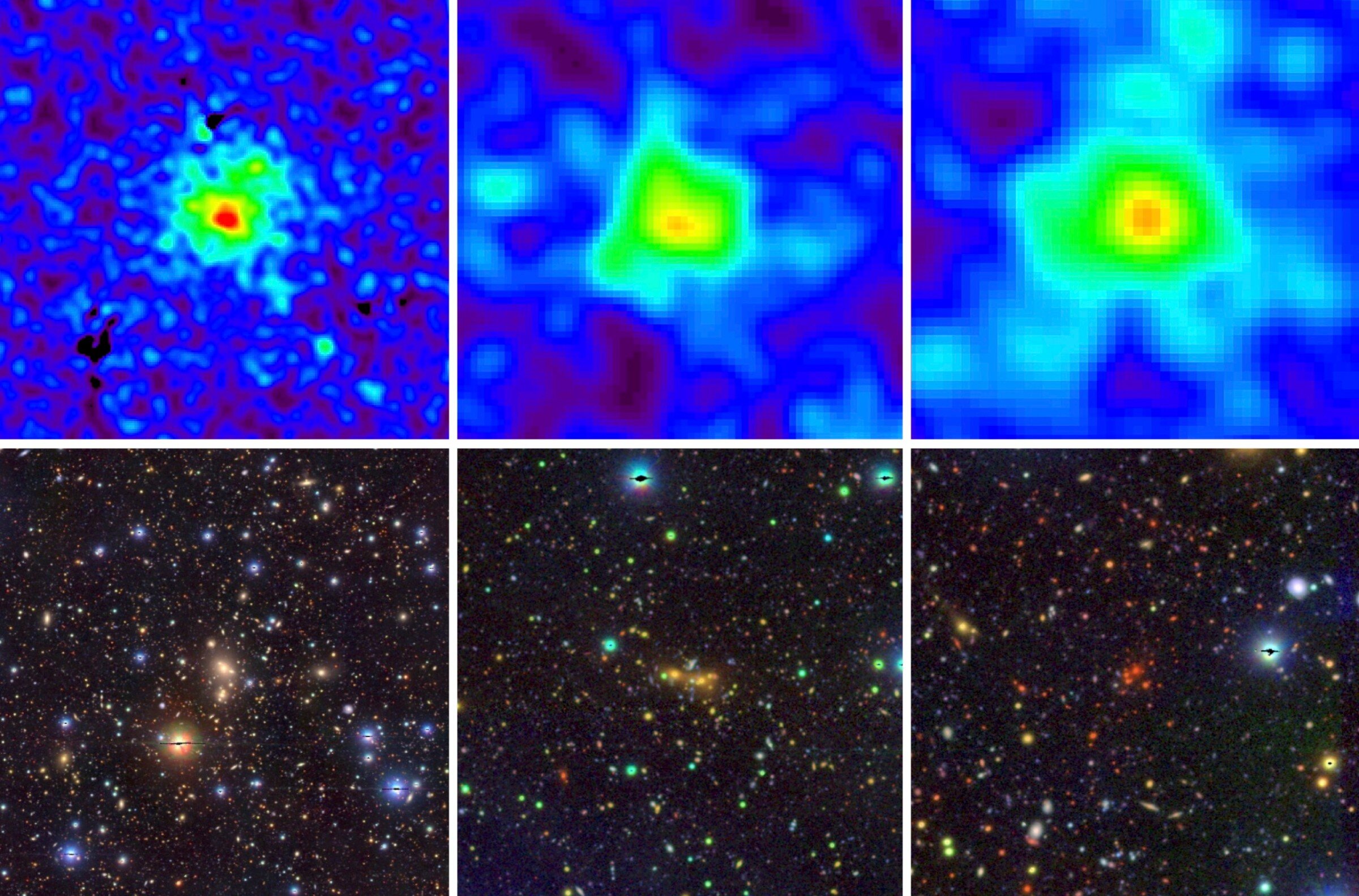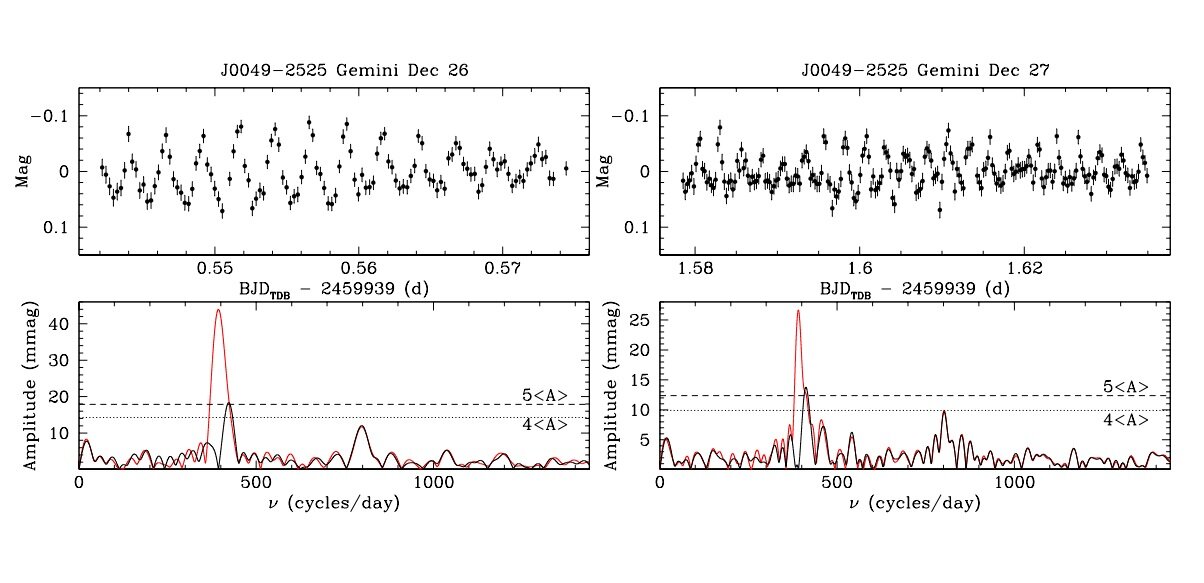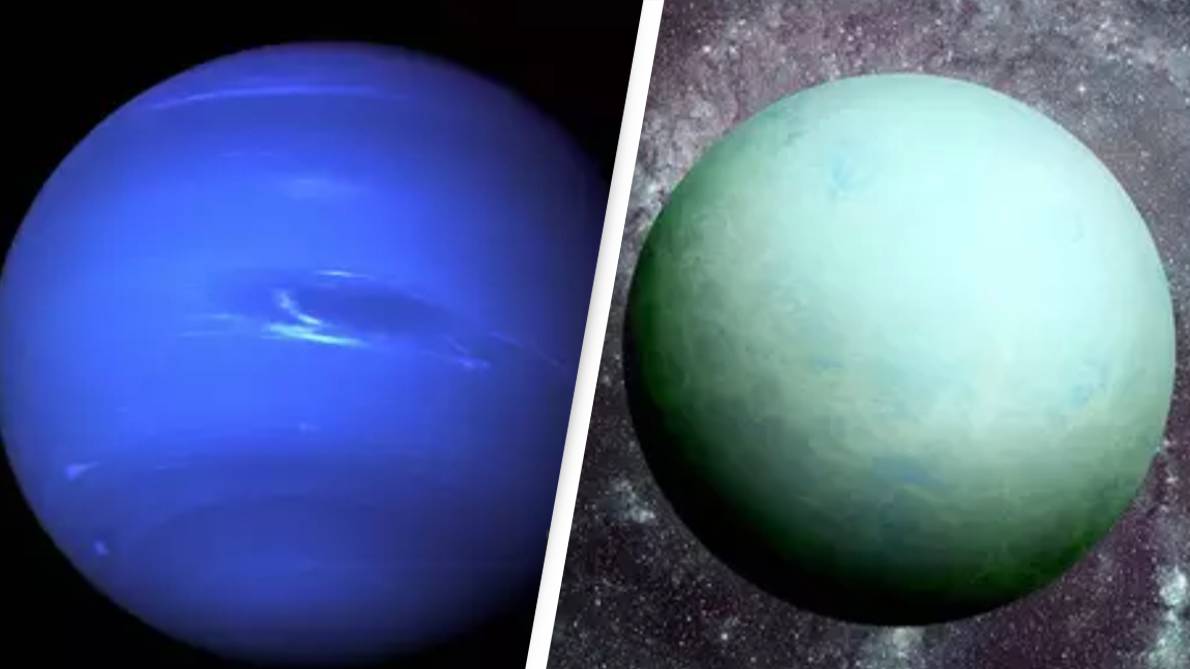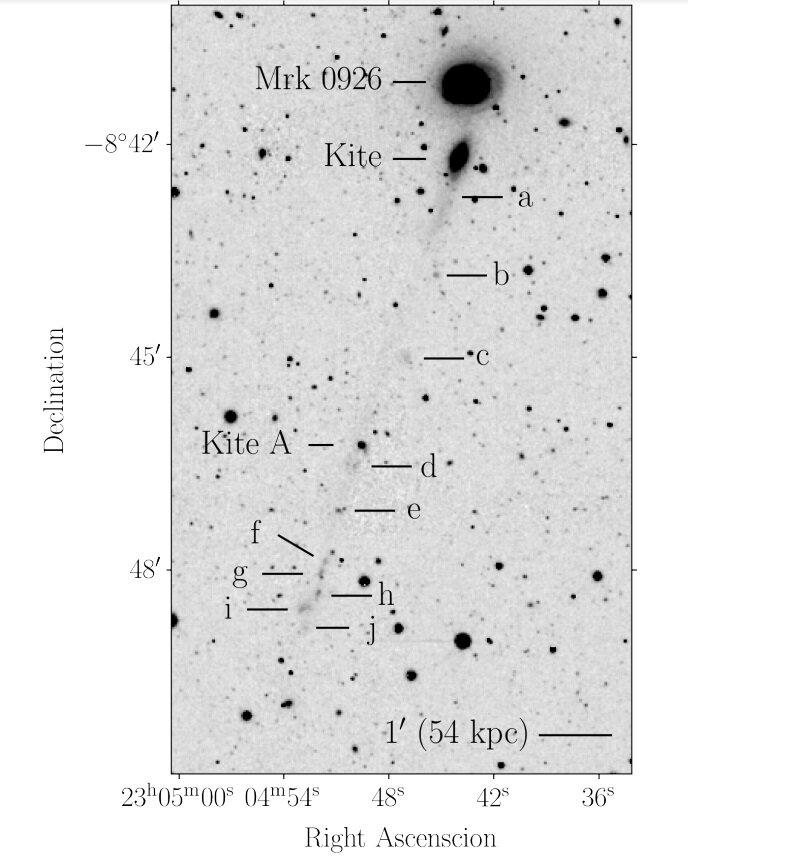- Joined
- 21 January 2015
- Messages
- 12,148
- Reaction score
- 16,351
Scientists uncover what accelerated an interstellar comet through our solar system
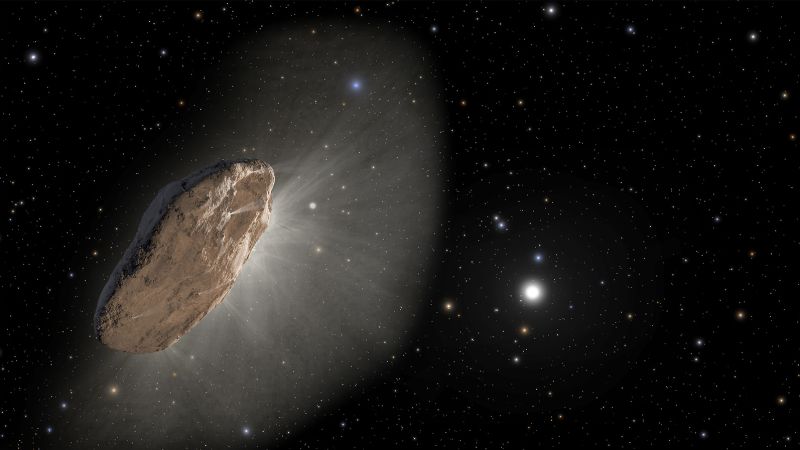
 edition.cnn.com
edition.cnn.com

Scientists uncover what accelerated an interstellar comet through our solar system | CNN
'Oumuamua became the first observed interstellar object to zip through our solar system in 2017. Now, researchers think they have uncovered a simple solution for what propelled the comet during its flyby of the sun.

